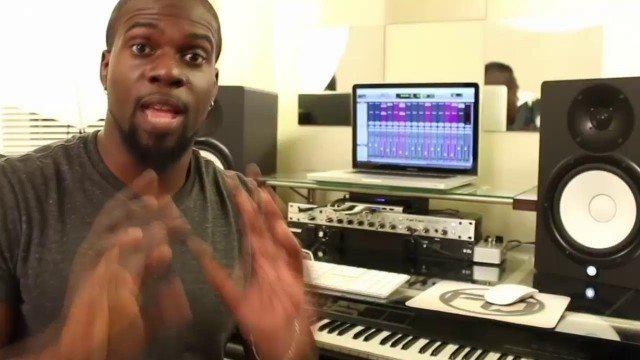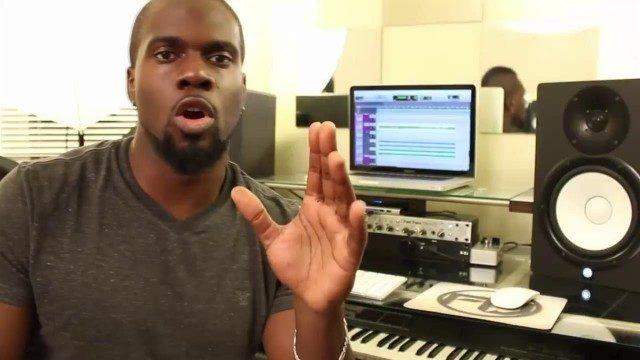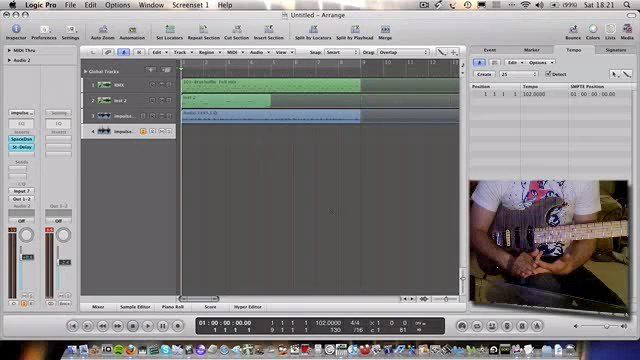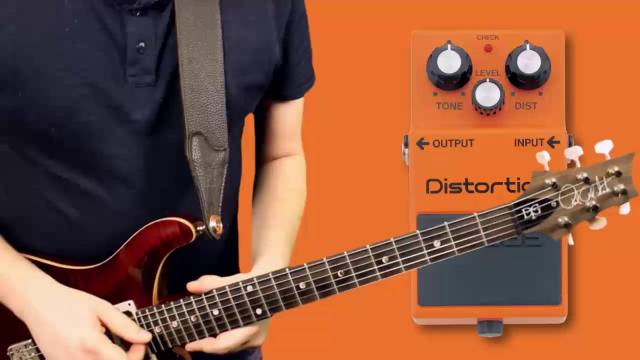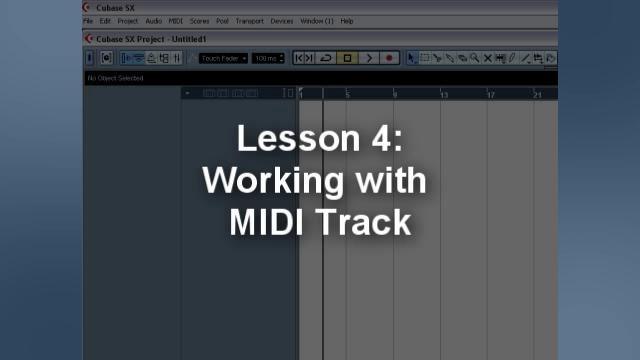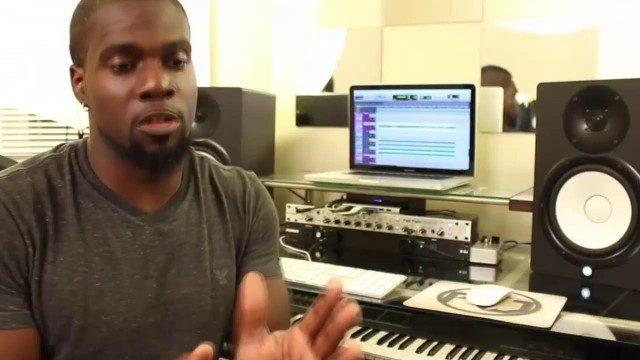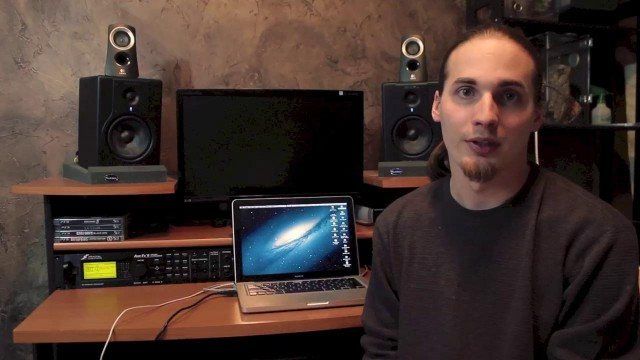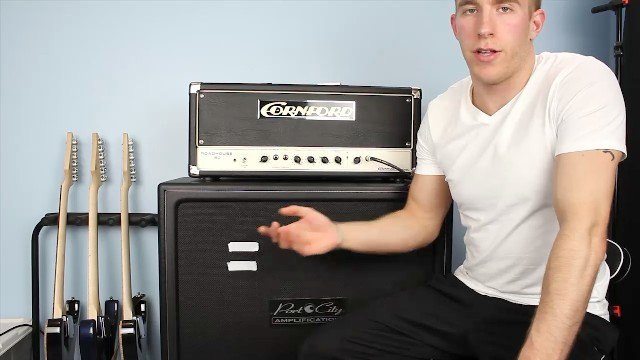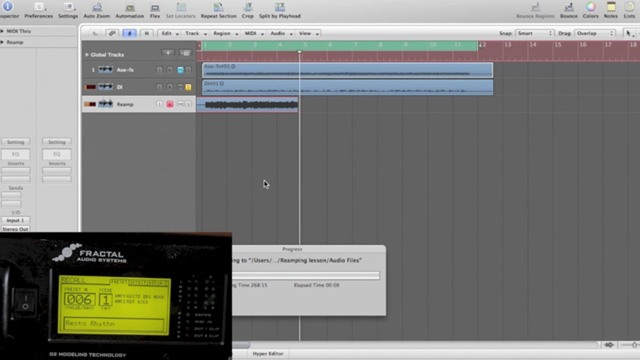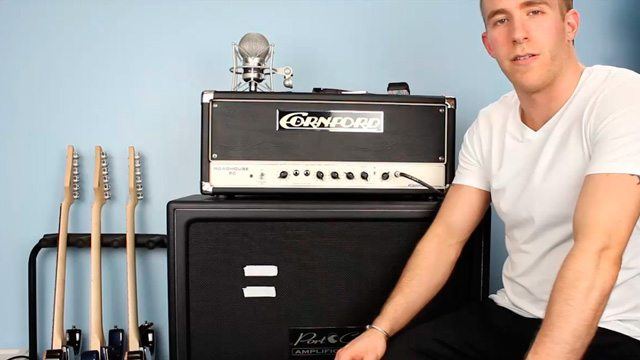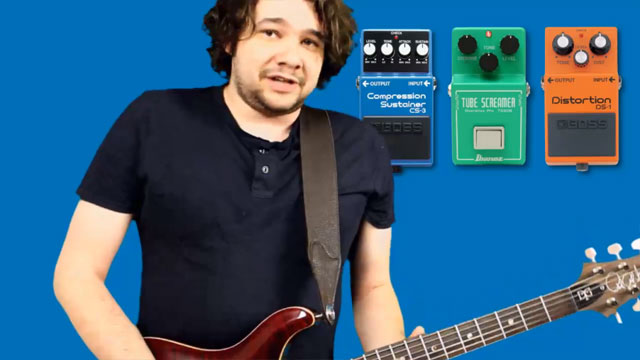Hi there guys! Welcome to this months tutorial which is a slight departure from what you were probably expecting.
First let me say that "Playing over Changes Part II' is coming your way next month but I wanted to make that tutorial as awesome as possible for you with written examples and lots of ideas. So, I need a little more time to finish it. It'll be worth it though!
Onto this month then! Well, I thought, by way of a change, I'd show you my approach to recording guitar parts.
As you may or may not know, I use a technology called Impulse Responses and Convolution. I'll explain this technology a bit more in the next video but let me explain what we're trying to achieve here and what you'll need to do it.
The first thing is that you're going to need a few pieces of hardware and software. First, you'll need an amp with a Line Out or FX Loop. Secondly, you'll need to connect said line out/fx loop to an Audio Interface (USB or Firewire) with at least one Input and one stereo Output. That pretty much covers every audio interface on the market, so you should be okay here. Your audio interface should now be connected to your computer (PC or Mac) and interfaced with some kind of DAW or other recording software. DAW stands for Digital Audio Workstation and covers programs such as Logic Pro, Protools, Digital Performer, Cubase, Ableton Live and Nuendo. However, any recording program that can host VST Plugins or AU Plugins on the Mac will do the job just fine. There are a few free audio programs on the PC such as Reaper and Audacity which will work really well.
What we're going to try to achieve today is the ability to get a great tone from our amp and record that tone without using mics and all the inherent problems associated with this form of recording. Using mics we need, good mics, great preamps, good mic technique and placement, a great room, a good engineer etc, etc...
I have neither the time, patience, money or skill to do these things! However, I also have a great sounding tube head and don't want to lose the tone of this head by plugging direct into my sound card, bypassing the amp and using Amp Simulators like Amplitube or Guitar Rig. We all know that while these sound pretty good, they're still nowhere near a great tube amp.
Therefore, we're going to plug the preamp section of our existing amp into the sound card, via our FX loop send/Line out and bypass only the Power amp section and cabinet. At this point I must say something VERY IMPORTANT!
AT NO POINT SHOULD YOU UNPLUG THE SPEAKER FROM YOUR AMP IF YOU'RE USING A TUBE AMP. LEAVE IT CONNECTED OR YOU WILL FRY YOUR AMP!!!
Okay, leaving the speaker/cabinet connected we're going to use convolution technology via Impulse Responses to simulate our Power Amp section and Cabinet whilst preserving the Awesome tone of our amp and have no need for mics anywhere along the chain.
VERY COOL!!!
Move onto the next video and I'll take you through what Impulse Responses are and how to use them.





